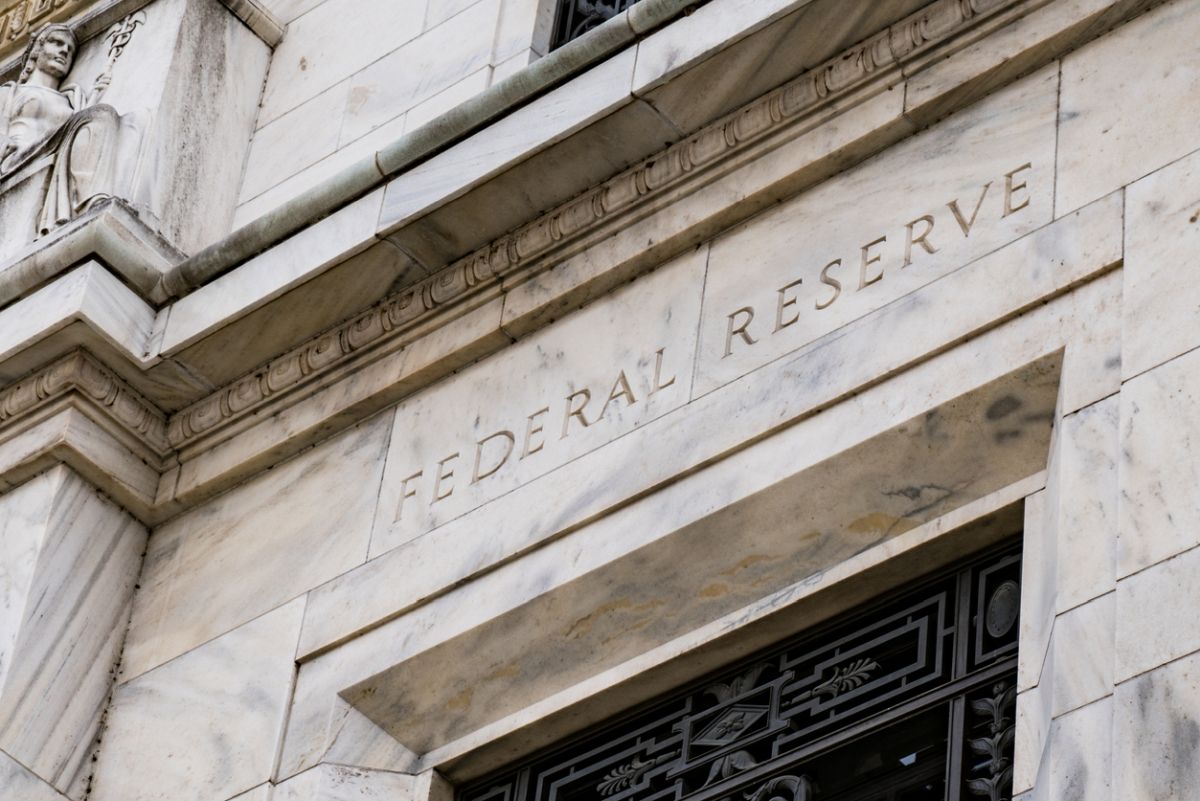The decision by the US Federal Reserve to cut interest rates marks a pivotal moment for the global economy, signaling a shift in monetary policy after years of tightening. The Federal Reserve’s move to reduce the key lending rate by 0.5 per cent, bringing it to a range of 4.75 per cent-5 per cent, is not just a response to domestic economic conditions but also an indication of the broader challenges facing central banks worldwide. As inflationary pressures ease and concerns about the labour market intensify, the rate cut represents both an effort to sustain economic momentum and a pre-emptive strike against potential downturns. The rate cut comes in the context of inflation finally showing signs of retreat.
After aggressive rate hikes in 2022 to combat inflation surging at levels not seen since the 1980s, the Fed now appears more confident that inflation is under control, headed back towards the target of 2 per cent. However, this optimism about inflation is tempered by growing unease about the labour market. The unemployment rate has risen from 3.7 per cent to 4.2 per cent this year, with projections that it may hit 4.4 per cent by the end of 2024. This suggests that while the battle against inflation may be progressing, the Fed’s new concern is a potential cooling of the job market.
Advertisement
The aggressive nature of the cut ~ a larger reduction than many expected ~ demonstrates the Fed’s desire to stay ahead of any significant economic slowdown. Chairman Jerome Powell acknowledged the strength of the labour market but emphasised that the rate cut is a precautionary measure to preserve this strength. In essence, the central bank is trying to walk a tightrope between keeping inflation at bay and preventing a more pronounced weakening in employment. What makes this move particularly significant is the broader global context. Other major central banks, including those in Europe and Canada, have also implemented rate cuts recently.
This reflects a shared recognition among global policymakers that economic conditions are changing and that the period of ultra-high interest rates may need to be reconsidered. The Fed’s decision is likely to be a harbinger of further easing, as projections indicate the key lending rate could drop to 4.4 per cent by the end of this year and even lower in the next few years. Critics might argue that the Fed’s actions could be premature, given that inflationary pressures still exist in some sectors. However, the decision to reduce rates can be viewed as a forward-looking measure, designed to ensure economic stability in the medium to long term.
By lowering borrowing costs, the Fed is also providing relief to consumers and businesses that have struggled under historically high interest rates. Ultimately, this rate cut sets the stage for a period of lower borrowing costs, which could help stimulate the economy at a time when uncertainties about global growth remain high. The other significant aspect of the decision is, of course, political with a presidential election just weeks away and Donald Trump dubbing the move as politically motivated.











